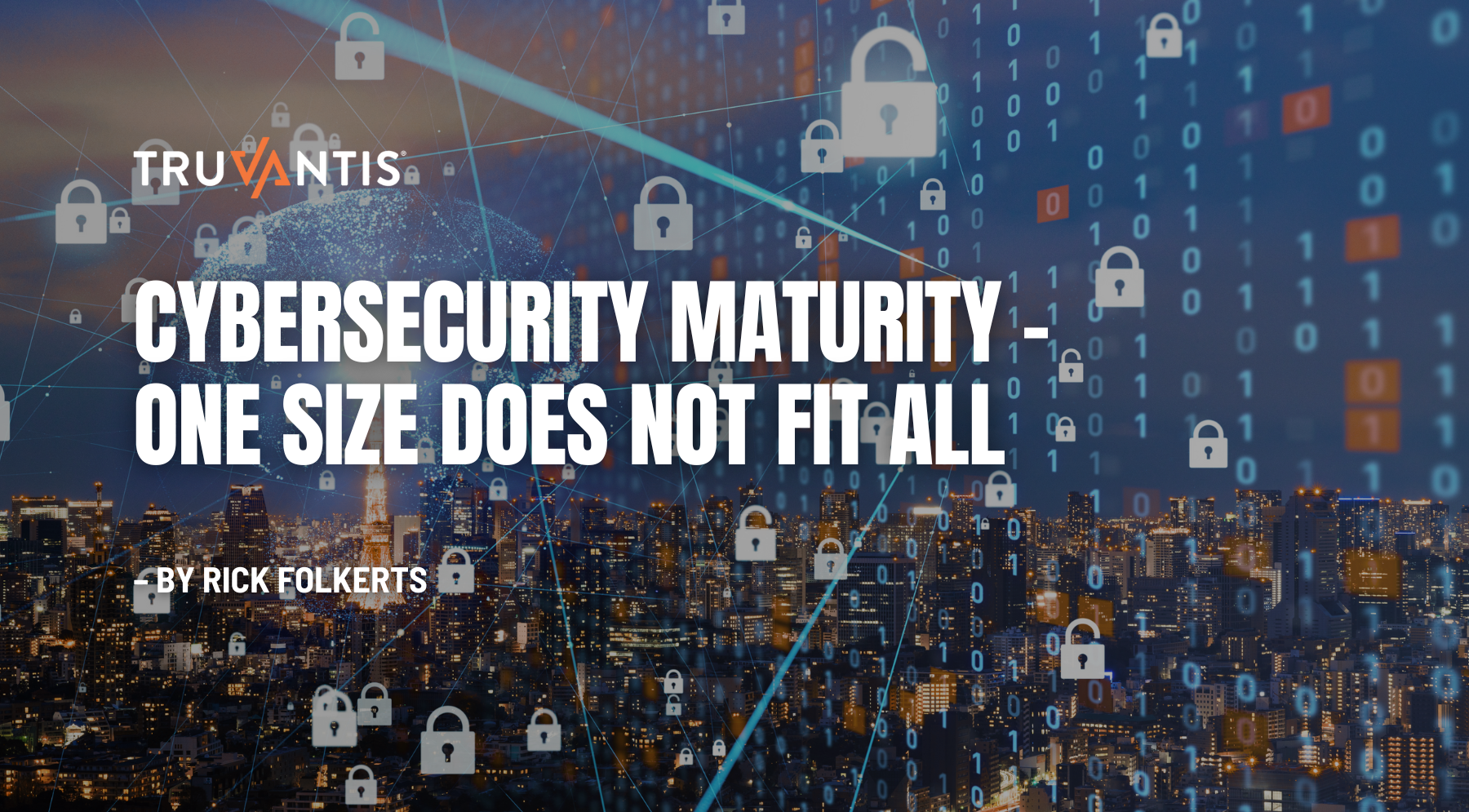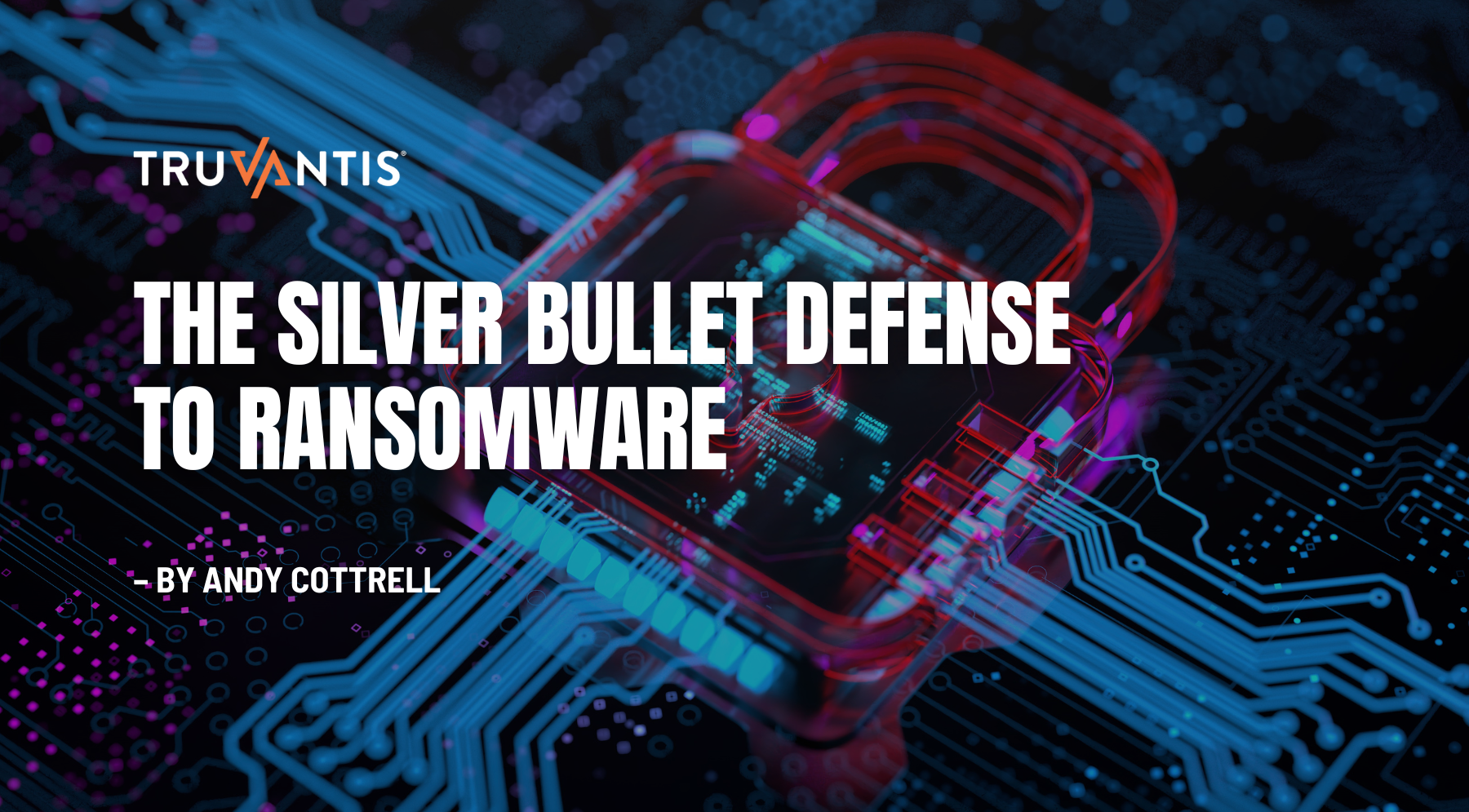In today's digital age, businesses increasingly rely on technology, making them more vulnerable to cyber-attacks. One of the most dangerous forms of cyber-attacks is ransomware, which can cripple businesses of all sizes. Ransomware is malware that encrypts your company's files or systems, demanding a ransom payment in exchange for access. The threat of ransomware is real and growing, and many businesses have fallen victim to it. This article discusses the underlying issues that make companies vulnerable to ransomware and how to address them. In addition, we will explore the importance of having a robust cybersecurity plan in place, educating employees on best practices, and implementing regular backups of critical data. You can protect your business and ensure its continued success by taking proactive measures to prevent ransomware attacks. So, don't let ransomware kill your business – read on to learn how to address the underlying issues and stay safe in the digital age.
Common Types of Ransomware Attacks
Ransomware attacks have become increasingly common in recent years, with cybercriminals developing new and more sophisticated methods to infiltrate businesses. One of the most common types of ransomware is "Locky," which is distributed through spam emails containing malicious attachments. Another popular ransomware is "WannaCry," which targets outdated versions of Windows operating systems. The ransomware encrypts your files, making them inaccessible until a ransom is paid.
Another type of ransomware is "CryptoLocker," which uses asymmetric encryption to lock down files and demand a ransom in exchange for a decryption key. "Petya" is another ransomware that encrypts the entire hard drive instead of individual files. It then replaces the master boot record, making it impossible to boot into the operating system without paying the ransom. Understanding the different types of ransomware attacks is crucial in developing a comprehensive strategy to protect your business.
The Underlying Issues that Lead to Ransomware Attacks
Several underlying issues make businesses vulnerable to ransomware attacks. One common issue is the lack of a robust cybersecurity plan. Many small and medium-sized companies do not have a dedicated IT team or the resources to employ one. As a result, they may not have adequate security measures in place, such as firewalls, antivirus software, and intrusion detection systems.
Another issue is the lack of employee training on cybersecurity best practices. Employees are often the weakest link in a company's cybersecurity defense, inadvertently clicking on malicious links or opening infected attachments. Without proper training, employees may not recognize the telltale signs of a phishing email or other cyber-attack.
Finally, the absence of regular backups of critical data can also leave businesses vulnerable to ransomware attacks. Without backups, companies may have to pay a ransom to regain access to their files. However, paying the ransom is never a guarantee that files will be restored, and it can also encourage cybercriminals to target the same business repeatedly.
The Importance of Cybersecurity in Preventing Ransomware Attacks
Developing a robust cybersecurity plan is essential in preventing ransomware attacks. One of the first steps in developing a cybersecurity plan is to conduct a risk assessment to identify potential vulnerabilities. This assessment should include an evaluation of the company's IT infrastructure, policies, and procedures. Then, you can use the risk assessment results to develop a plan to mitigate identified risks.
Implementing a layered security approach is also critical in preventing ransomware attacks. This approach includes using firewalls, antivirus software, and intrusion detection systems. Companies should also consider implementing two-factor authentication, which adds an extra layer of security to login credentials.
Steps to Take to Protect Your Business from Ransomware Attacks
In addition to developing a robust cybersecurity plan, businesses can take several other steps to protect themselves from ransomware attacks. One of the most important steps is to educate employees on best practices for identifying and responding to potential cyber-attacks. For example, employees should be trained to recognize the signs of phishing emails and other cyber-attacks. They should also be instructed to avoid clicking links or opening attachments from unknown or suspicious sources.
Another critical step is to implement regular backups of critical data. Backups should be stored securely, separate from the primary data storage. Companies should also test their backups regularly to ensure they are functioning correctly and can be used in the event of a ransomware attack.
Creating a Ransomware Response Plan
A ransomware response plan is also essential in preparing for a potential attack. The response plan should include steps for containing the attack, recovering data, and communicating with stakeholders. It should also include procedures for reporting the attack to law enforcement and regulatory authorities.
The response plan should be regularly tested and updated to respond to the latest ransomware threats effectively. Regular training and drills can help ensure employees are prepared to respond to a ransomware attack effectively.
“Always assume that you will be breached and that your vendors and partners will be breached. Only by building a defense in depth strategy and a robust incident response plan can you prevent a possible breach from being an existential threat.”
- Andy Cottrell, CEO Truvantis, Inc.
Training Your Employees to Recognize and Respond to Ransomware Attacks
Employee training is one of the most critical elements of a ransomware prevention strategy. Employees are often the first line of defense against ransomware attacks, and they should be trained to recognize and respond to potential threats. Training should include instruction on identifying phishing emails, avoiding clicking on links or opening attachments from unknown sources, and reporting suspicious activity to IT personnel.
Regular training sessions can help keep employees up to date on the latest ransomware threats and how to respond effectively. Companies should also consider implementing a phishing simulation program to test employees' readiness to respond to attacks.
The Role of Backups in Ransomware Recovery
Regular backups of critical data are essential in preparing for a ransomware attack. Backups should be stored securely, separate from the primary data storage. Companies should also test their backups regularly to ensure they are functioning correctly and can be used in the event of a ransomware attack.
In the event of a ransomware attack, the ability to restore data from backups can be critical in recovering from the attack. However, it is essential to ensure that the backups are not infected with the ransomware before restoring them to the primary data storage.
Ransomware Prevention Tools and Services
There are several ransomware prevention tools and services available to businesses. One popular tool is antivirus software, which can detect and remove known ransomware threats. Another tool is intrusion detection software, which can detect suspicious activity on a company's network and alert IT personnel.
Companies can also consider using ransomware prevention services, which provide real-time monitoring and threat intelligence. These services can help identify potential ransomware threats and recommend preventing attacks.
Conclusion - Staying Vigilant Against Ransomware Attacks
“Ransomware is just the final symptom of a disease that kills you OFF.“ – Andy Cottrell, CEO Truvantis
Ransomware attacks are a growing threat to businesses of all sizes. However, companies can protect themselves by taking proactive measures to prevent attacks and ensure their continued success. Developing a robust cybersecurity plan, educating employees on best practices, implementing regular backups, and creating a ransomware response plan are all critical steps in preventing ransomware attacks.
By staying vigilant and up to date on the latest ransomware threats, businesses can stay one step ahead of cybercriminals. Regular training, testing, and updating prevention and response plans can help companies respond effectively to any potential attack. With the right strategy and tools, businesses can protect their data and ensure continued success in the digital age.

About Truvantis
As stated, many organizations do not have a dedicated CISO and IT security team in-house. However, a flexible vCISO service can give you the same level of expertise as an in-house security team and can be a permanent safe, and cost-effective solution. Truvantis offers world-class vCISO services customized to the scope and objectives of your organization. Buy the services you need when you need them without the overhead of a full-time in-house staff.
Contact Truvantis now for a vCISO consultation
Truvantis is a cybersecurity consulting organization with comprehensive expertise in implementing, testing, auditing, and operating information security, privacy and compliance programs. We specialize in helping our clients improve their cybersecurity posture through practical, effective, and actional programs – balancing security, technology, business impact and organizational risk appetite.
Andy Cottrell
Andy Cottrell is the founder and CEO of Truvantis and was the co-founder and President of eRISC, a nonprofit supporting a US and UK community of banks, e-commerce sites and other financial services companies to combat online fraud.


.png)







